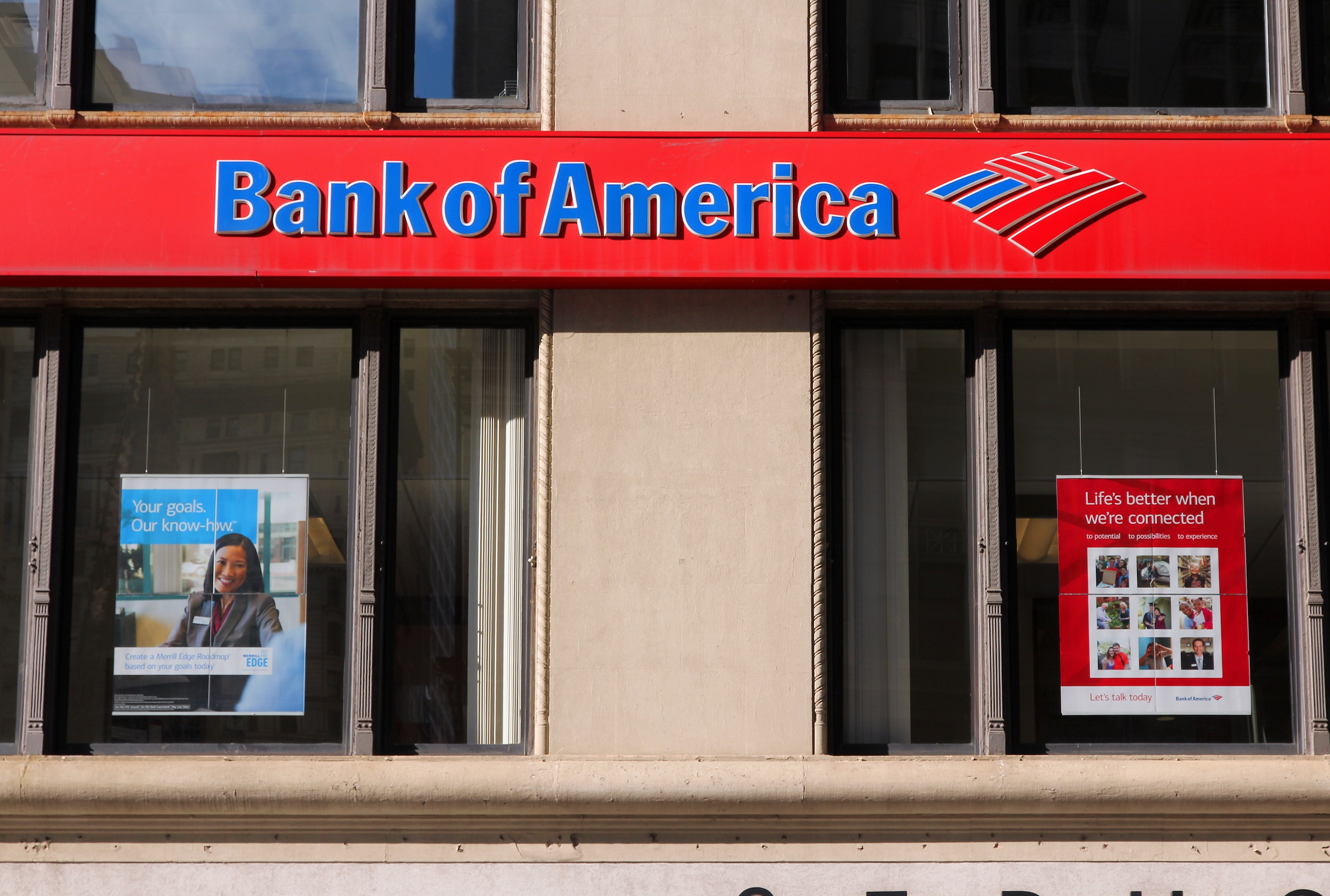Shares of Bank of America (BAC +0.76%) are trading only 2% below their 52-week high, but this doesn't mean that they can't continue to climb.

Image source: Getty Images.
Bank of America stock performance
The nation's second biggest bank by assets, based in Charlotte, North Carolina, has seen its shares rally meaningfully since the presidential election last year; the unexpected outcome of that election led investors to believe that banks could soon earn more money.
Since the beginning of 2017, Bank of America's stock price is up 25%, compared to an average of only 1.2% among the 74 bank stocks on the KBW Bank Index and KBW Regional Banking Index. And over the past 12 months, Bank of America's shares have climbed 66%, compared to an average on the two indexes of 28% since this time last year.
The optimism toward shares of Bank of America and other bank stocks over the past year was well-founded, as then-candidate Donald Trump vowed on the campaign trail last year that he would "dismantle" the Dodd-Frank Act of 2010, and push Congress to lower taxes. The former would reduce compliance costs at banks, which have soared since the legislation was passed, while the latter would act as a direct stimulant on bank profitability.
But given Bank of America's performance over the past year, you'd be excused for thinking that there isn't much juice left to squeeze out of its stock in the foreseeable future. Still, if one looks at the bank's valuation, there seems to be room for further growth:
Bank of America's valuation
As a case in point, take Bank of America's price-to-book-value ratio. This is one of the most common ways to value bank stocks. It compares a bank's book value per share to its share price, dividing the latter by the former.
Bank of America's price-to-book-value ratio is currently 1.1, according to YCharts.com; this means that it trades for approximately 10% above its book value per share. Don't let this premium fool you, however, because the average bank stock on the two indexes cited above trades for 1.5 times book value, or at a 50% premium to book.
The same is true if you look at the other principal valuation metric used by investors in banking stocks: the price-to-earnings ratio. This ratio communicates how much it costs to buy $1 of a particular company's earnings, and is calculated by dividing a bank's share price by its earnings per share.
Bank of America's price-to-earnings ratio is 15.7, using its earnings over the trailing 12 months; this means it costs $15.70 to buy each dollar of the bank's annual earnings. That might seem pricey, but it compares to an average price-to-earnings ratio of 18.4 on the two KBW bank indexes.
In short, even if Bank of America's shares are near their 52-week high, that doesn't mean its stock can't continue to climb from here, as it continues to trade at a lower valuation than many of its peers.

